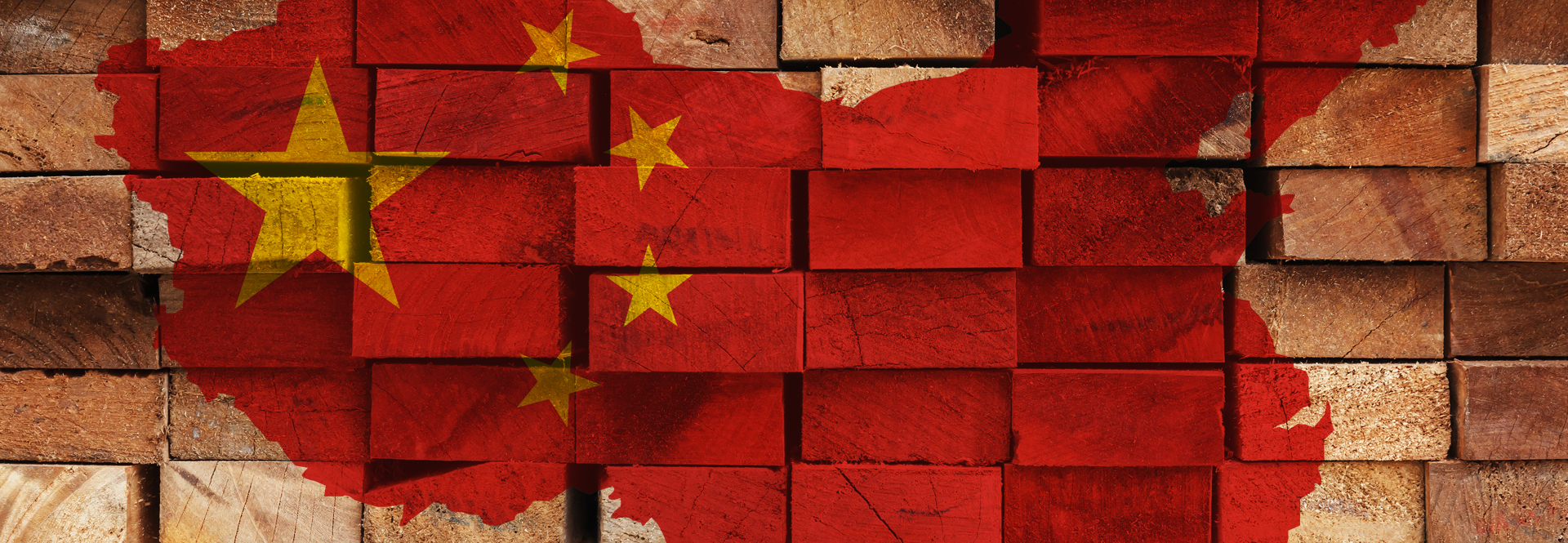China is famous for its fast-growing economy, caused by the country’s massive rural population moving into cities and becoming middle class, earning and spending more money in the process.
As a result of this process, the Chinese economy is growing twice or three times as quickly as the U.S. – and the disparity with Europe is even greater. Unsurprisingly, that’s filtered down to the timber trade, as demand for the material has skyrocketed.
In the first half of 2017, orders of tropical timber into China rose by around 15% against the same period in 2016. Orders of sawn lumber rose by 16%.
China is the driver of trading in the Asia-Pacific region (which is strong itself), and that shows little sign of changing: the country recently announced a huge new infrastructure project that should send demand soaring even further!
The Belt and Road Initiative (BRI) is estimated to be worth $900 billion (about £684 billion, at time of writing). It describes an attempt by policy-makers in Beijing to forge a new silk road, enabling trade relations all across Asia and into the Middle East. Some authorities have speculated that China could commit to as much as $150 billion annually in infrastructural spending to make it happen.
China, unsurprisingly, is a major component in a strong inter-Asian timber-trading business, which has seen prices remain stable and demand firm. Trade between Asia and Europe, however, has lagged.
How long that will remain the case, though, remains to be seen. With the UK no doubt scouting for post-Brexit trading partners, and a massive, continent-wide, infrastructural drive in the east, perhaps an opportunity is waiting in the wings.

